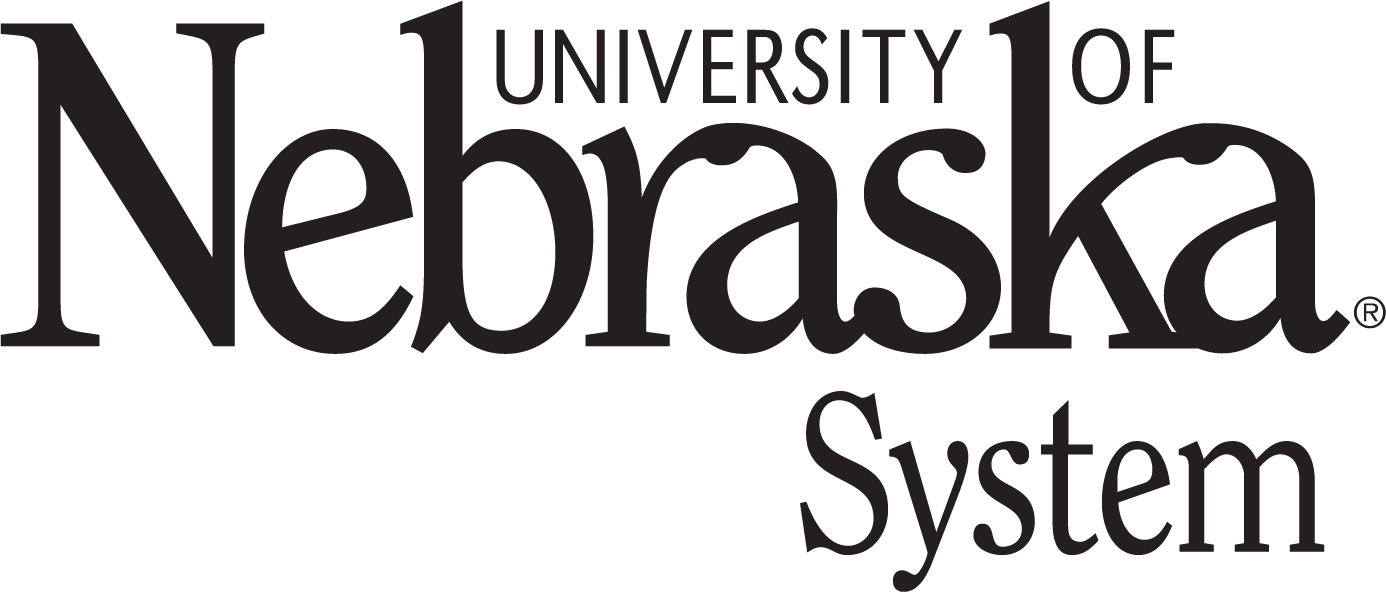Using Books to Locate Answers to Learning Issues
Earlier today, your PBL case introduced you to Jane Student, a 24-year-old female medical student with pain.
You and your colleagues identified your group’s learning issues. These learning issues are topics about which you need more information.
Please review this pdf file: Identifying & Using PBL References for self-directed learning on the McGoogan Library’s PBL Resources Research Guide. It offers information on identifying and using PBL resources for self-directed learning. It provides criteria that you should consider when you critically evaluate an information resource:
- The type of information needed.
- The qualifications of the author(s).
- The presence or absence of peer review and/or a scientific or clinical editor.
- The publisher’s reputation.
- The date when the information was published, updated, or revised.
- The presence or absence of appropriate in-text citations connecting to the supporting information.
The guide includes a table that lists some of the McGoogan Library resources and what specific information needs they may solve.
During tomorrow’s PBL session and future PBL sessions, you will be asked to summarize the case. You will be asked to present the case in the format used by M3 and M4 medical students presenting to supervising physicians during attending rounds. Are there any resources to help you determine the expected presentation structure?
All medical students learn to summarize cases during their studies. When you encounter this type of learning issue, something every medical student will learn, consider consulting a printed or electronic book.
When you’re not sure what book you need, try searching the library’s most extensive e-book collection, AccessMedicine, which includes:
- Many standard clinical texts
- The Lange series of basic science and clinical medical texts. These Lange texts cover basic and clinical sciences and have been very popular with medical students.
- Diagnosaurus: a tool that lists alternative diagnoses (differential diagnoses) for specific, individual symptoms/signs.
- Drug information monographs
- Various medical calculators
We’ll start by looking for resources on summarizing your case. Information on the best way to present at attending rounds can be found in AccessMedicine.
- Click on the “Clinical Resources” button under Resources.
- Click on the “AccessMedicine” link.
- Type in the keywords – attending rounds – in the search box.
The search results will appear. Note the result that deals with Attending Rounds: So You Want to be a Scut Monkey?

Now search AccessMedicine for other learning issues you have identified, and critically evaluate the results. Are they useful? Pay close attention to the date the resource was last updated or published.

